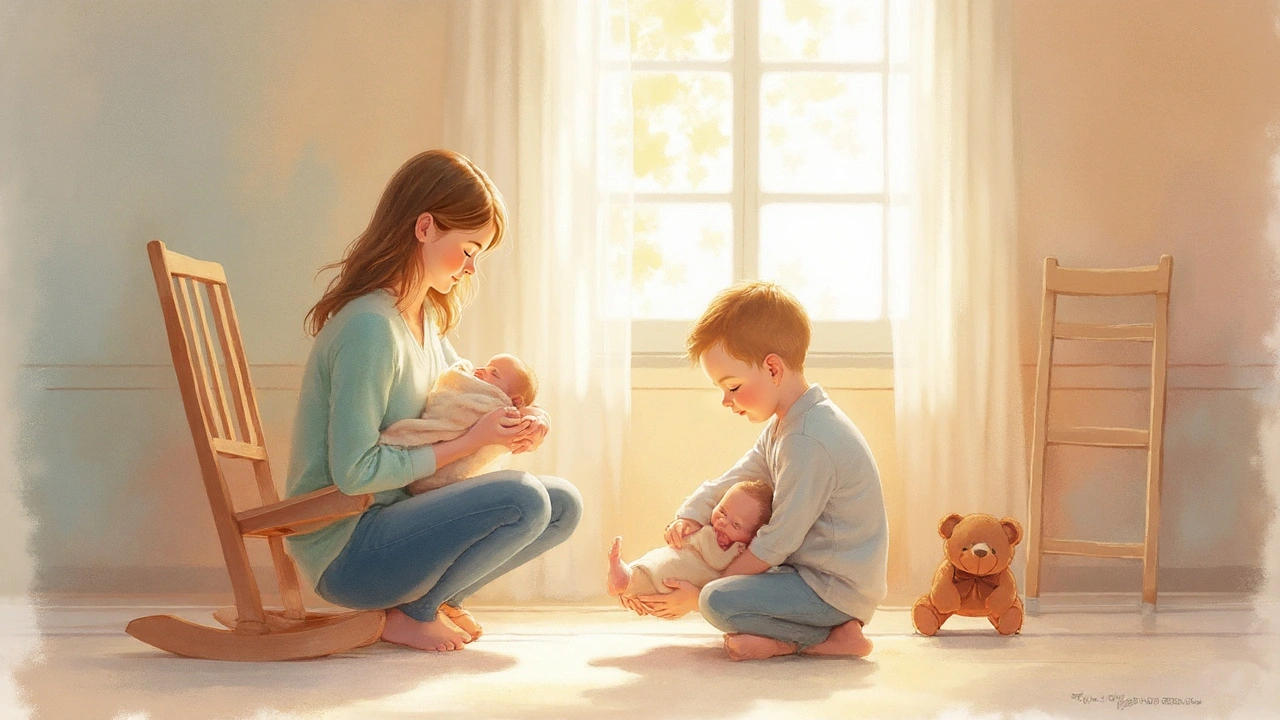
Infancy Milestones: What to Expect in the First Two Years
A clear, friendly guide that walks parents through the physical, cognitive, and emotional milestones they can expect from birth to 24 months, with practical tips and a handy comparison chart.
Welcome to the wild ride of the first 12 months. Your baby is changing fast, and spotting the big milestones helps you feel confident and ready to help. Below you’ll find the most common physical, cognitive, and social checkpoints, plus simple ways to encourage each one.
From a tiny fist to crawling on the floor, the first year is all about movement. By the end of month two most babies can lift their head briefly while on their stomach. At three months you’ll see them trying to push up with straight arms, and by six months they’ll likely roll over both ways.
Standing and cruising usually shows up around nine months, and many babies take their first steps before they turn one. If you notice your little one reaching for toys, sitting up unaided, or using a “rocking” motion to move, they’re on track. Give them safe, open spaces and a few sturdy toys to practice balance.
Brain growth is fast, too. By two months your baby should start smiling back at you, and by four months they’ll begin to track objects with their eyes. Around six months they’ll recognize familiar faces and may show excitement when you walk into the room.
Language buds appear early: babbling starts roughly at six months, and by nine months you’ll hear “mama” or “dada” even if they’re not pointing at the right person yet. Socially, babies love peek‑a‑boo and will respond to simple games around eight months. Encourage this by talking, reading, and playing lots of interactive games.
Every baby moves at their own pace, but if you spot a big delay—like no head control by four months or no response to name by nine months—talk to your pediatrician. Early support can make a huge difference.
Remember, milestones are guides, not strict rules. Celebrate each wiggle, giggle, and grab, and keep offering love, safe exploration, and plenty of talk. Your involvement is the biggest boost you can give your growing infant.

A clear, friendly guide that walks parents through the physical, cognitive, and emotional milestones they can expect from birth to 24 months, with practical tips and a handy comparison chart.